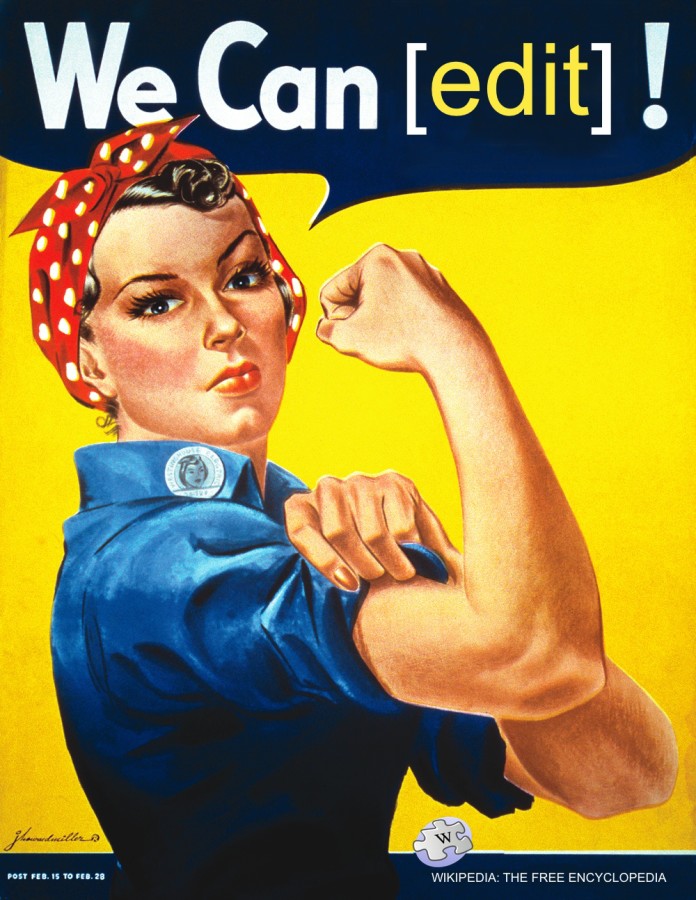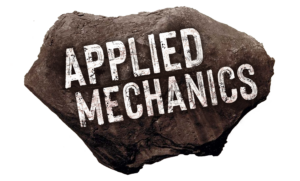By Thomas Choinacky
Earlier this month I took part in the annual Art + Feminism Wikipedia Edit-a-Thon, hosted by the Philadelphia Museum of Art. The event was led by Mary Mark Ockerbloom, who is “Wikipedian in Residence” at the Chemical Heritage Foundation. She gave us a detailed introduction to Wikipedia, and the tools to become editors.
The five pillars of Wikipedia are:
- Wikipedia is an encyclopedia
- Wikipedia is written from a neutral point of view
- Wikipedia is free content that anyone can use, edit, and distribute
- Editors should treat each other with respect and civility
- Wikipedia has no firm rules
I use Wikipedia often. I consider it a reliable and user-friendly source for information. Until this gathering I never considered that I could be an editor of the website too. At Edit-a-Thon, I learned that 90% of the editors on Wikipedia are men, though the number of women editors is slowly growing. Less than 16% of the English Wikipedia’s biographies are of women. WHAT!? Women are grossly underrepresented both in the pool of Wikipedia editors and in the pages of the website.
 One of the world’s most popular websites is inaccurately reflecting our society and history.
One of the world’s most popular websites is inaccurately reflecting our society and history.
Anyone can be an editor of Wikipedia. The PMA’s Edit-a-Thon is one of a growing number of opportunities (hosted nationally and internationally) to produce more articles about women on the site. As a part of this event, I became an editor and have already created two Wikipedia pages–which are now live (!)–for choreographers and artists Jeanine Durning and Susan Rethorst. Wikipedia is an impressive machine on the inside, fueled by both real people and thoughtfully programmed technology. Withi n24 hours after I produced the initial writing on these two important artists, other Wiki editors had reviewed the pages I created and made comments to improve them.
One of the most important things to note is that any new information added to the site must be notable and verifiable. It is necessary to cite news, books, and other sites where the information can be confirmed about the person you’re including. (So it’s not like I am going to have my own Wikipedia page any time soon.)
Here’s how I started:
See a red link on Wikipedia? That is a page that does not exist, one that technically could merit its own page, but that no one has created yet.
Both Jeanine and Susan had been noted on other Wikipedia pages with red links, so they were already considered notable, yet unverified– until I come along—on Wikipedia.
The Women in Red project is one location to draw attention to other unwritten articles on important women who don’t have pages already made about them: https://en.wikipedia.org/wiki/
For example, isn’t it odd that MacArther Fellow Mimi Lien doesn’t have her own page? or Obie-award winning writer and director Annie Dorsen? And even female artists who do have pages often have scant or sketchy writing, like Philadanco’s Joan Myers Brown or famed Kuchipudi dancer Shantala Shivalingappa. The list goes on.
